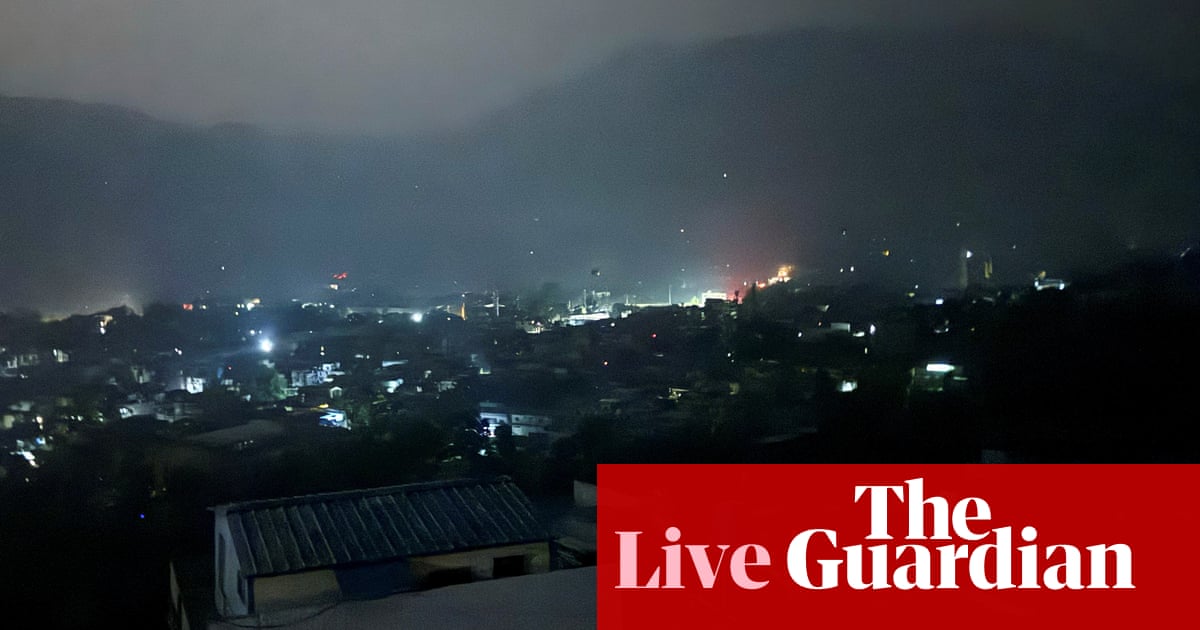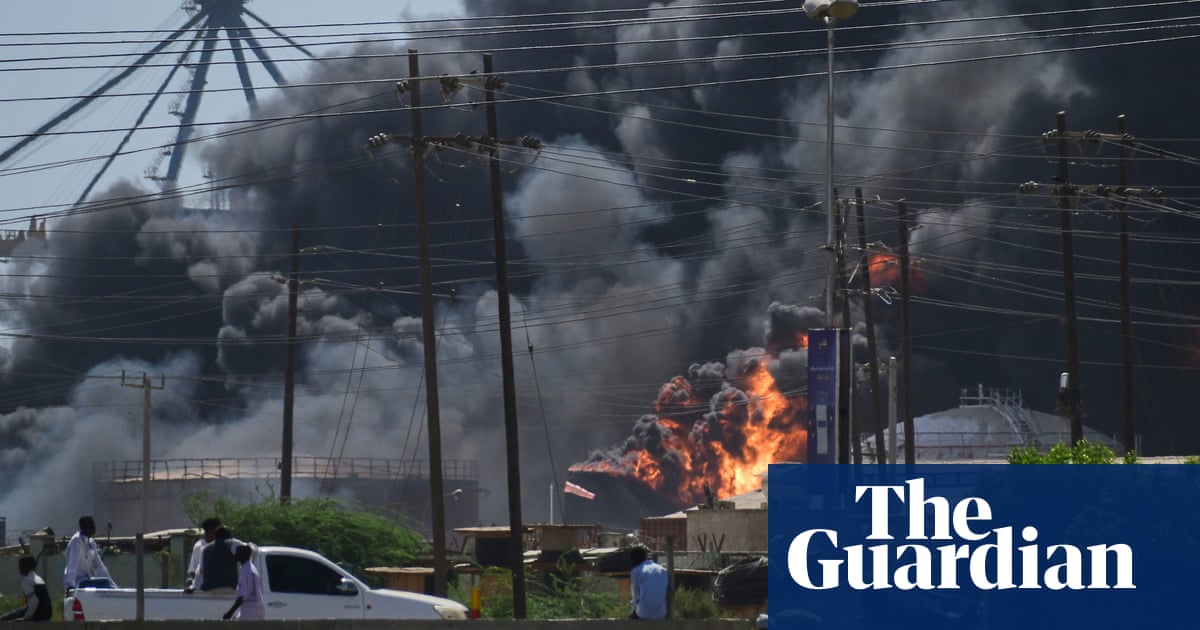After two months of daily bombings, raids and a total blockade preventing the entry of food and medication to Gaza, Israel approved a military plan on Monday it claims will bring about the final destruction of Hamas. The intensified offensive by the Israel Defense Forces will aim to occupy large parts of the strip and maintain a permanent Israeli presence there. It has been dubbed Operation Gideon’s Chariots – but it might be more accurate to call it the Roadmap to Hell. More of the population would be forced into an ever-shrinking “humanitarian zone”, while Israel explores options for their permanent displacement from the strip altogether.
While Israeli officials explain that the renewed onslaught would help to release hostages, it is abundantly clear that intensifying military operations would only put them at greater risk. Hostages’ families have reacted to the cabinet’s announcement with deep concern. There are still 59 Israelis held in Gaza – and it is assumed that 24 of them are alive. While Israel is willing to agree to a truce in return for hostage release, it refuses categorically to negotiate a permanent ceasefire.
If you have followed official Israeli rhetoric and actions in recent months, Benjamin Netanyahu’s latest plan will come as no surprise. Key ministers in the government, from the Likud ruling party and its more extreme allies, have repeatedly called for occupying Gaza entirely, expelling its population and establishing Israeli settlements there. Since March, Netanyahu has declared that the ultimate vision for Gaza is the “voluntary” emigration of its population, as part of the “Trump vision” (Trump has long moved on from his suggestion to move Palestinians from Gaza, and Netanyahu seems to have forgotten that Trump’s original comments included a permanent US takeover of the strip).
Is Israel really gearing up for a last push to achieve this radical agenda? It is not so clear. First, it should be noted that the plan does not seem to involve the occupation of the entire strip. The military offensive is expected to involve mass casualties, huge destruction, forced removal of population and an intensification of the humanitarian disaster. But large pockets of Hamas-dominated areas would still remain, and there’s no reason to think the organisation would capitulate.
Furthermore, the operation would not start before 16 May – after President Trump’s scheduled visit to Saudi Arabia, the UAE and Qatar. Advertising the details of a big military operation 10 days in advance is clearly counterproductive, suggesting that the primary calculus of the announcement could be political, and not yet military. For Netanyahu, this is a typical modus operandi: a dramatic announcement to reshape international and domestic discussion, while leaving him with enough time and options to change course, if needed. One possible audience is the US administration. The aggressive posturing may be designed to pre-empt US pressure, as a result of Trump’s coming talks with Gulf leaders, and the increasing likelihood of a US-Iranian nuclear agreement, against Israel’s wishes.
To launch an operation on the scale needed to occupy parts of the Gaza Strip, the Israeli military would need the support of tens of thousands of reservists. Reports suggest the military has started calling them up, but it is far from clear that amassing these troops would be straightforward. There is already widespread fatigue and disillusionment. In 2024, the average reservist in combat units served 136 days – compared with as few as eight days per year before 7 October. This is a heavy burden on the reservists, their families and the Israeli economy. As the war drags on and public opinion turns against it, the number of reservists reporting for duty fell to as low as 50% in some units. A survey this week showed that most Israelis (53%) believe that the expansion of the war is motivated by Netanyahu’s own political interests, while only 35% believe the government is acting in the interests of national security. If public opinion remains opposed to the offensive, it is difficult to see the government following through with it.
As public pressure grows around the hostages, along with the many scandals and failures tied to the Netanyahu government, the promise of a looming offensive provides the government with a means to reshape the narrative, in the hopes that the war drums would galvanise renewed public support. This is not the first time that Netanyahu has promised that the destruction of Hamas is within sight. In December 2023, as Israel expanded its military operations, Netanyahu pledged to bring a swift and total victory. Before Israel’s occupation of Rafah in May 2024, Netanyahu said that the victory was “one step away”, and that Rafah was the key to destroying Hamas. The war has now been going on for 19 months – the longest in Israel’s history – with no end in sight, even with the latest announcement.
In the meantime, the starvation of Gaza intensifies. Since 2 March, Israel has not allowed any food to enter the strip. This is the longest, harshest and most hermetic siege in Gaza’s recent history. The World Food Programme announced that it ran out of food on 25 April. Unicef warned that humanitarian aid, which has been the only lifeline for Gaza’s children, “is now close to running out”. With farmland destroyed by Israel, the population of 2.1 million is almost entirely dependent on food coming from the outside. Medications are also running out, and clean water is in short supply.
Whether the new offensive materialises in full or limited form, or is postponed further, the Israeli government’s objectives are clear. It is determined to pursue an open-ended war of varying intensity, making the Gaza Strip increasingly uninhabitable. The long-term horizon is the ethnic cleansing of the strip and its reoccupation by Israel, as part of a vision for a Jewish-exclusive state between the river and the sea. What was once the vision of a small outlawed group of extremists such as Rabbi Meir Kahane has now become official government policy. Whether through a decisive military action, or mass starvation, Netanyahu’s government is working to make that vision viable.
-
Yair Wallach is a reader in Israeli studies and head of the Centre for Jewish Studies at Soas University of London
Do you have an opinion on the issues raised in this article? If you would like to submit a response of up to 300 words by email to be considered for publication in our letters section, please click here.

 5 hours ago
5
5 hours ago
5













































